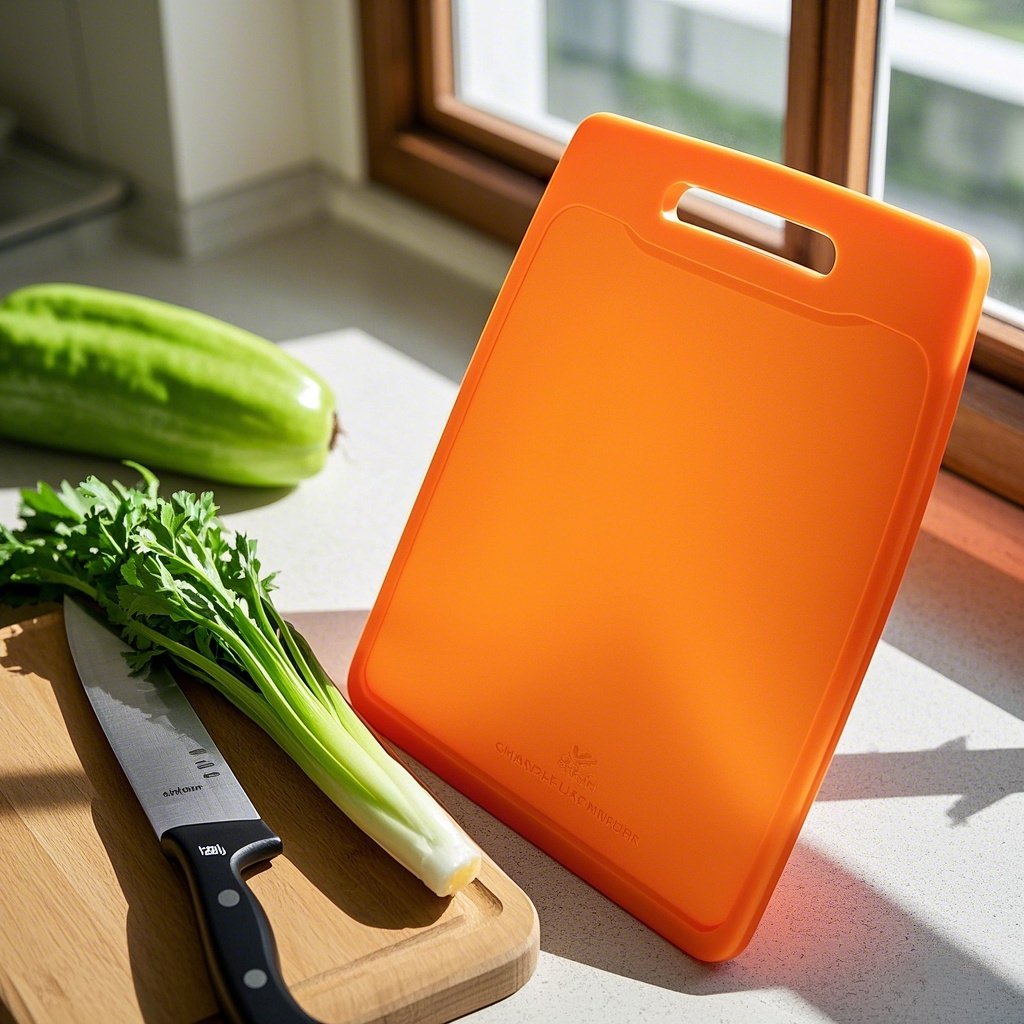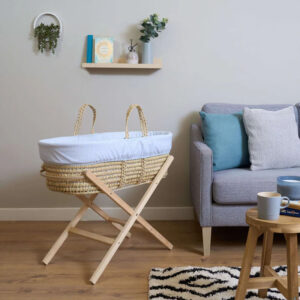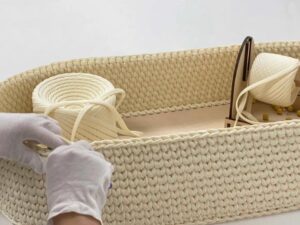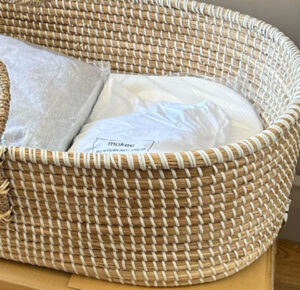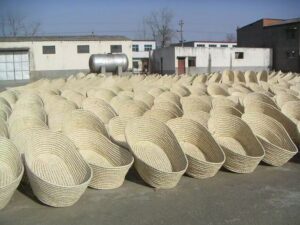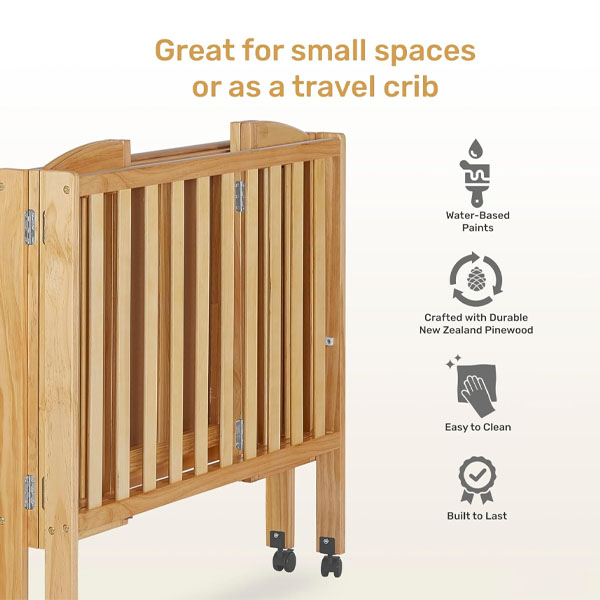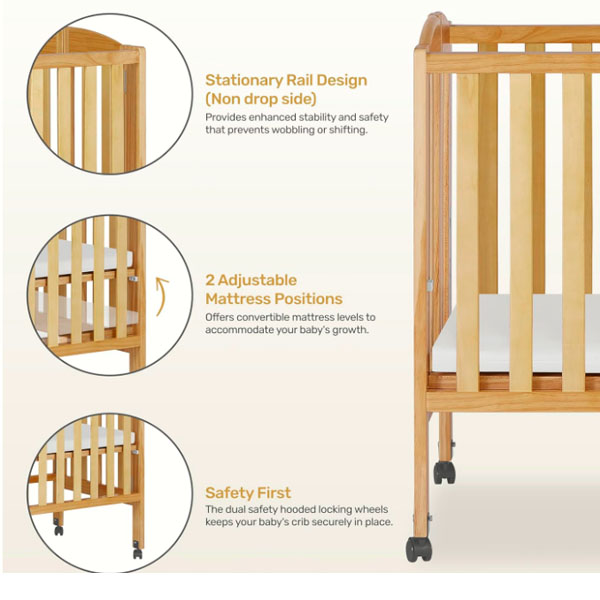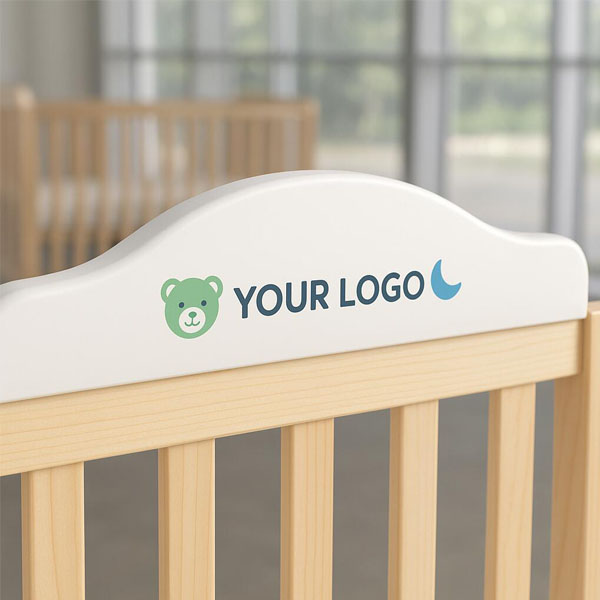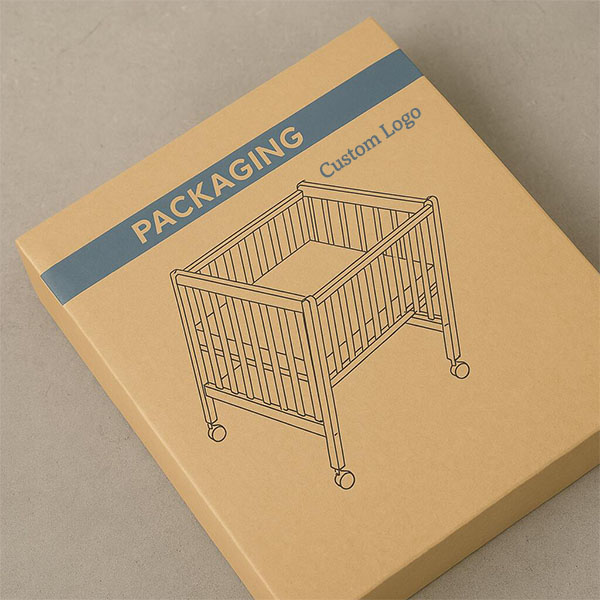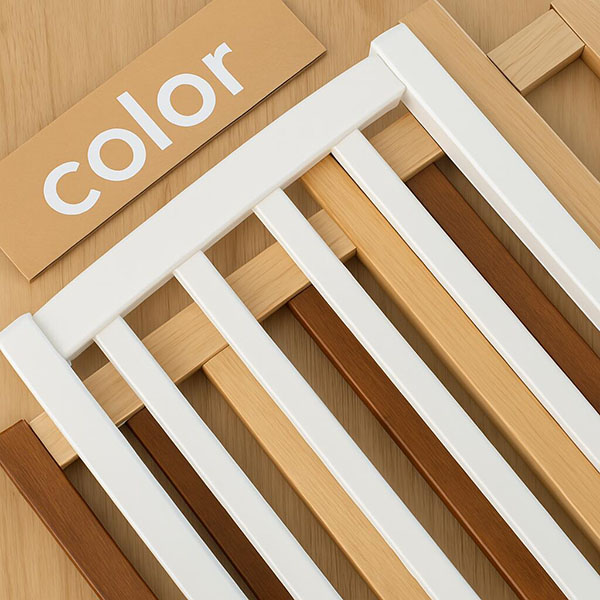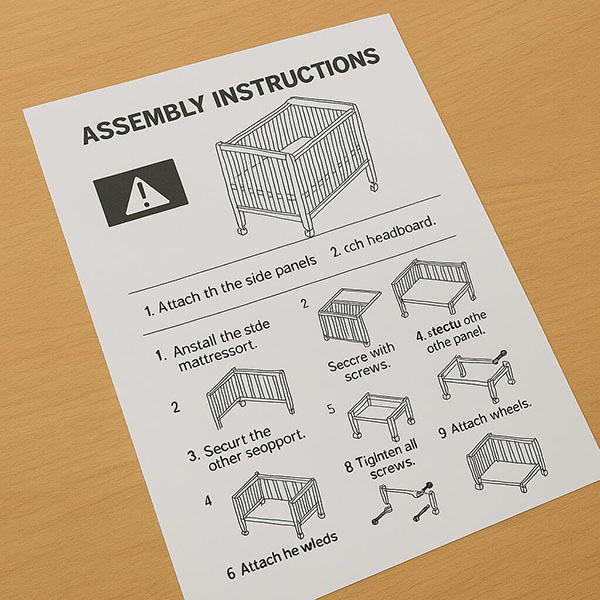Do you know anything about silicone cutting boards?
Yes! Silicone cutting boards are becoming increasingly popular due to their flexibility, durability, and hygiene benefits. They are often marketed as a non-toxic, easy-to-clean, and knife-friendly alternative to plastic and wood. Here’s a breakdown of their advantages and potential drawbacks:
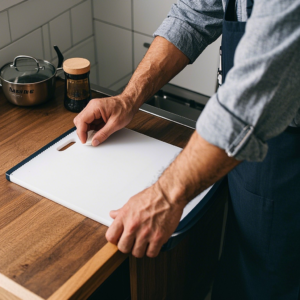
Advantages of Silicone Cutting Boards
1. Highly Flexible and Easy to Store
Silicone cutting boards are often thin and flexible, allowing them to be easily rolled up or bent to transfer chopped ingredients into a pot or pan. This makes them a great space-saving option in smaller kitchens.
2. Non-Porous and Hygienic
Unlike wooden boards, silicone is non-porous, meaning it doesn’t absorb liquids, odors, or bacteria. This makes it a more hygienic choice, especially for cutting raw meat, seafood, and poultry.
3. Dishwasher Safe and Easy to Clean
One of the biggest advantages is that silicone cutting boards can be placed in the dishwasher without warping or degrading over time. They don’t require special maintenance like wood boards, making them very convenient.
4. Gentle on Knives
Silicone is softer than plastic and glass, meaning it won’t dull knives as quickly. This makes it a better alternative to harder materials like bamboo or marble.
5. Heat and Stain Resistant
Many silicone cutting boards are heat-resistant up to 400°F (200°C) or more, meaning they can double as trivets or be used for handling hot cookware. They are also stain-resistant, though lighter-colored boards may still pick up some stains over time.
6. Lightweight and Non-Slip
Most silicone cutting boards come with a grippy, non-slip surface, preventing them from sliding around on countertops. They are also lightweight, making them easy to move and store.
Disadvantages of Silicone Cutting Boards
1. Not as Durable as Wood or High-Quality Plastic
While silicone is quite resilient, it can still be cut through over time, especially if using very sharp knives or applying a lot of pressure. Deep cuts can harbor bacteria if not cleaned properly.
2. Can Be Too Soft for Some Users
Some people find that the soft, rubbery texture of silicone cutting boards makes them less stable for heavy chopping tasks. They may also develop knife marks faster than wood or hard plastic boards.
3. Not Ideal for Heavy Butchering
If you regularly work with large cuts of meat or bones, silicone may not be the best choice. It lacks the firmness and stability needed for forceful chopping compared to wood or bamboo.
4. Can Pick Up Strong Odors Over Time
Although silicone is non-porous, it can sometimes absorb strong food smells, especially if exposed to garlic, onions, or fish for long periods. Regular washing and deodorizing with baking soda and vinegar can help reduce this issue.
Is a Silicone Cutting Board Right for You?
✅ Choose Silicone If You Want:
✔ A lightweight, flexible cutting surface
✔ A hygienic, dishwasher-safe option
✔ A non-slip surface that stays in place
✔ A cutting board that is gentle on knives
❌ Avoid Silicone If You Need:
✖ A board for heavy chopping or cleaving meat
✖ A long-lasting, ultra-durable option
✖ A surface that is completely cut-resistant
Conclusion: Should You Buy a Silicone Cutting Board?
If you prioritize hygiene, ease of cleaning, and knife-friendliness, a silicone cutting board is a great choice. It’s especially useful for quick prep tasks, cutting fruits, vegetables, or boneless meats, and for anyone who wants a lightweight, non-slip, and dishwasher-safe board.
However, if you do a lot of heavy chopping, butchering, or need a long-lasting board, wood, bamboo, or high-quality plastic may be a better investment.
Would you like recommendations for some of the best silicone cutting boards available? 😊

